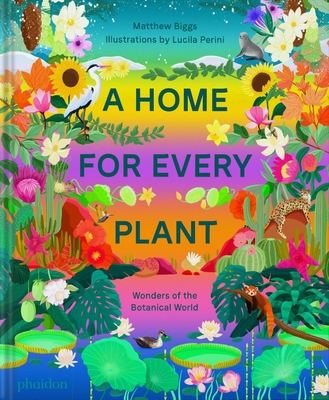Welcome to Facts Vibes! Dive into the fascinating world of plants with us. From photosynthesis to diverse ecosystems, we’re uncovering intriguing plant facts that will blow your mind. Stay tuned as we take a deep dive into the extraordinary and often overlooked realm of botany.
The Fascinating World of Plant Facts
The Fascinating World of Plant Facts
Plants are incredibly diverse organisms that play a crucial role in the ecosystem. From the tallest trees to the smallest flowers, plants come in various shapes and sizes, each with its own unique characteristics. There are over 300,000 species of plants known to science, and new ones are still being discovered.
One of the most fascinating aspects of plants is their ability to photosynthesize, converting sunlight into energy through the green pigment called chlorophyll. This process is fundamental not only for the plant’s survival but also for the well-being of other organisms that rely on plants for sustenance.
Another intriguing fact about plants is their ability to communicate with each other. Through chemical signals and even through their root systems, plants can alert each other to potential threats and coordinate responses to environmental changes.
Plants have also been used for their medicinal properties for centuries, providing essential compounds for treating various ailments and diseases. Additionally, many plants have cultural significance and play a significant role in traditions and ceremonies around the world.
Learning about plants and their remarkable attributes offers a glimpse into the wondrous complexity of the natural world and emphasizes the need to preserve and protect these vital organisms for future generations.
Most popular facts
Plants convert sunlight into energy through the process of photosynthesis.
Plants convert sunlight into energy through the process of photosynthesis.
The tallest species of plant is the coast redwood, which can reach over 350 feet in height.
The tallest species of plant is the coast redwood, which can reach over 350 feet in height.
Venus flytraps are carnivorous plants that capture and digest insects for nutrients.
Venus flytraps are carnivorous plants that capture and digest insects for nutrients.
The world’s oldest living plant is the bristlecone pine, with some specimens over 5,000 years old.
The world’s oldest living plant is the bristlecone pine, with some specimens over 5,000 years old.
Some plants, such as aloe vera and lavender, have medicinal properties that have been used for centuries.
Plants like aloe vera and lavender have been used for centuries due to their medicinal properties.
The Amazon rainforest is home to an estimated 80,000 plant species, many of which have not yet been discovered by scientists.
The Amazon rainforest is home to an estimated 80,000 plant species, many of which have not yet been discovered by scientists.
The corpse flower, native to Sumatra, produces the largest individual flower in the world but emits a foul odor when it blooms.
The corpse flower from Sumatra produces the largest individual flower in the world and emits a foul odor when it blooms.
The largest plant in the world by area is the quaking aspen, spreading through interconnected root systems.
The largest plant in the world by area is the quaking aspen, spreading through interconnected root systems.
Plants release oxygen as a byproduct of photosynthesis, making them essential for sustaining life on Earth.
Plants release oxygen as a byproduct of photosynthesis, making them essential for sustaining life on Earth.
The world’s smallest flowering plant is the watermeal, which measures less than 1 millimeter in diameter.
The world’s smallest flowering plant is the watermeal, which measures less than 1 millimeter in diameter.
In addition to carbon dioxide, plants absorb other pollutants from the air, improving air quality.
Yes, plants absorb other pollutants from the air, improving air quality.
The cacao tree produces the seeds used to make chocolate, which has been enjoyed for thousands of years.
The cacao tree produces the seeds used to make chocolate, which has been enjoyed for thousands of years.
Some plants exhibit rapid movement, such as the sensitive plant, which folds its leaves in response to touch.
Plants, like the sensitive plant, exhibit rapid movement by folding their leaves in response to touch.
Giant sequoias, found in California, are among the most massive living organisms on the planet.
Giant sequoias, found in California, are among the most massive living organisms on the planet.
Plants have adapted to diverse environments, from deserts to arctic tundra, showcasing their resilience and versatility.
Plants have adapted to diverse environments, showcasing their resilience and versatility.
In conclusion, the intriguing and diverse world of plants offers a wealth of fascinating facts that constantly remind us of the wonders of nature. From their adaptation strategies to their environmental significance, plants are an integral part of life on Earth and continue to inspire curiosity and awe.
